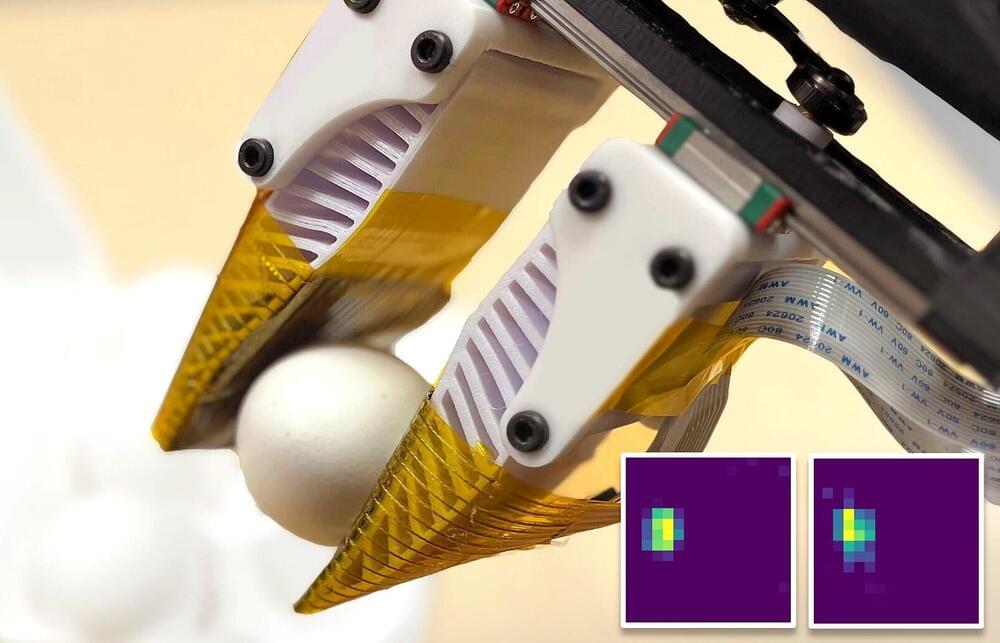Trying to understand the makeup and evolution of the solar system’s Kuiper belt has kept researchers busy since it was hypothesized soon after the discovery of Pluto in 1930. In particular, binary pairs of objects there are useful as indicators since their existence today paints a picture of how energetic or violent the evolution of the solar system was in its early days four billion years ago.
Looking closely at the evolution of an ultrawide (in separation) binary object, researchers included more physics that reveals much about their architecture and unfolding. They found that these ultrawide binaries may not have been formed in the primordial solar system as has been thought. Their work has been published in Nature Astronomy.
“In the outer reaches of the solar system, there exists a population of binary systems so widely separated that it seemed worth looking into whether or not they could even survive 4 billion years without being [completely] separated somehow,” said Hunter M. Campbell of the University of Oklahoma in the US.
